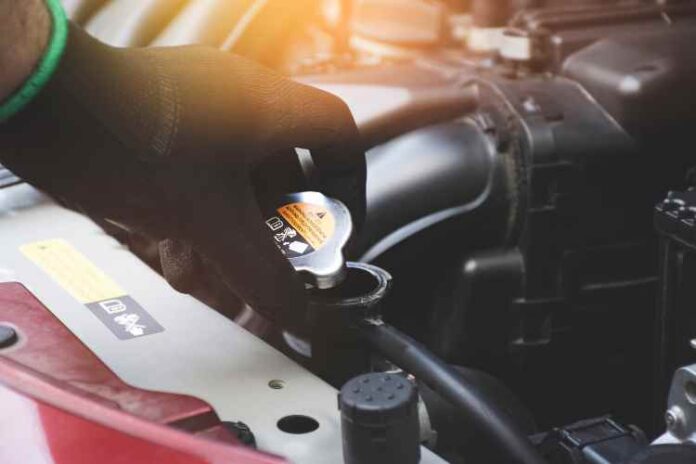Cleaning a radiator is an important maintenance task to ensure optimal cooling system performance and prevent overheating. Over time, radiators can accumulate dirt, debris, and mineral deposits that can obstruct airflow and reduce cooling efficiency. If you’d like to know about car air conditioner repairs in Adelaide be sure to visit Natrad. This will provide a step-by-step guide on how to clean a radiator effectively.
- Gather the Necessary Tools and Materials: Before starting the cleaning process, gather the following tools and materials:
- Clean water
- Radiator cleaning solution or mild detergent
- Soft brush or toothbrush
- Hose or pressure washer (optional)
- Safety goggles and gloves
- Bucket or container
- Ensure Safety Precautions: Before working on the radiator, ensure the engine is cool to avoid burns. Put on safety goggles and gloves to protect yourself from any debris or chemicals that may splash during the cleaning process.
- Disconnect Power and Remove Obstructions: If the radiator has an electric fan, disconnect the power to avoid any accidental activation during the cleaning process. Additionally, remove any obstructions in front of the radiator, such as leaves, debris, or bugs, to ensure unobstructed access.
- Mix Cleaning Solution: Prepare a cleaning solution by diluting a radiator cleaning solution or a mild detergent with water according to the manufacturer’s instructions. Alternatively, you can use a mixture of water and vinegar or water and baking soda as natural cleaning alternatives.
- Apply the Cleaning Solution: Using a soft brush or toothbrush, dip it into the cleaning solution and gently scrub the surface of the radiator. Pay attention to the areas with visible dirt, debris, or mineral deposits. Use gentle, circular motions to avoid damaging the radiator fins.
- Rinse with Water: Once you have scrubbed the radiator thoroughly, rinse it with clean water. You can use a hose or a pressure washer on a low setting to remove the cleaning solution, dirt, and debris. Start from the top of the radiator and work your way down, ensuring that all the cleaning solution is washed away.
- Repeat if Necessary: If the radiator is heavily soiled or if you notice persistent dirt or mineral deposits, you may need to repeat the cleaning process. Apply the cleaning solution again and scrub the radiator gently until the desired cleanliness is achieved.
- Inspect for Damage and Leaks: While cleaning the radiator, carefully inspect it for any signs of damage, leaks, or bent fins. If you notice any leaks or significant damage, it is recommended to seek professional assistance for repairs.
- Dry the Radiator: After rinsing, allow the radiator to air dry completely. Alternatively, you can use a clean cloth or towel to gently dry the surface of the radiator. Ensure that the radiator is thoroughly dry before reconnecting any electrical connections or starting the engine.
- Reassemble and Test: Once the radiator is dry, reassemble any components that were removed, such as the electric fan. Check that all connections are secure. Before driving the vehicle, start the engine and monitor the temperature gauge to ensure that the cooling system is functioning properly.
Conclusion:
Regular cleaning of the radiator is crucial for maintaining optimal cooling efficiency. It is recommended to clean the radiator at least once a year or as needed, depending on the operating conditions and the accumulation of dirt and debris. By following these steps, you can keep your radiator clean and ensure that your vehicle’s cooling system operates effectively.


